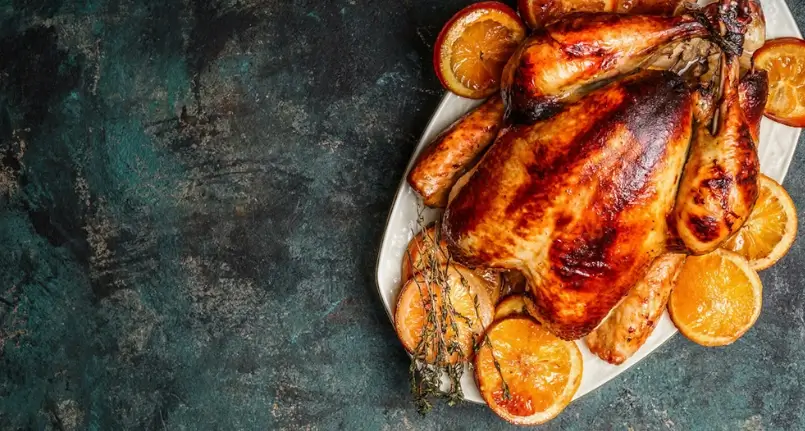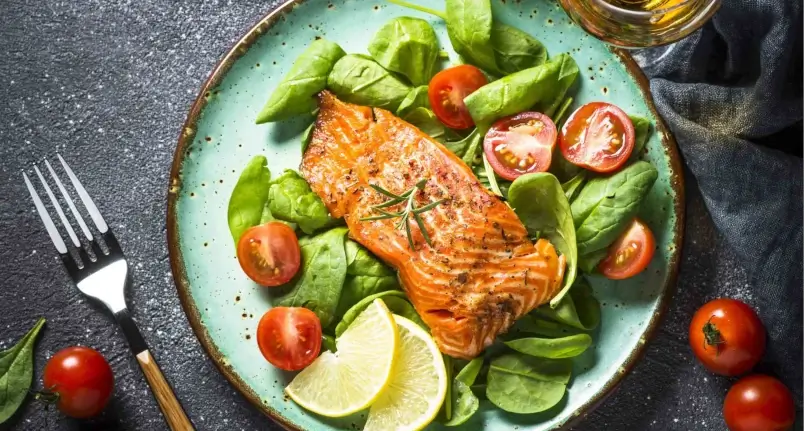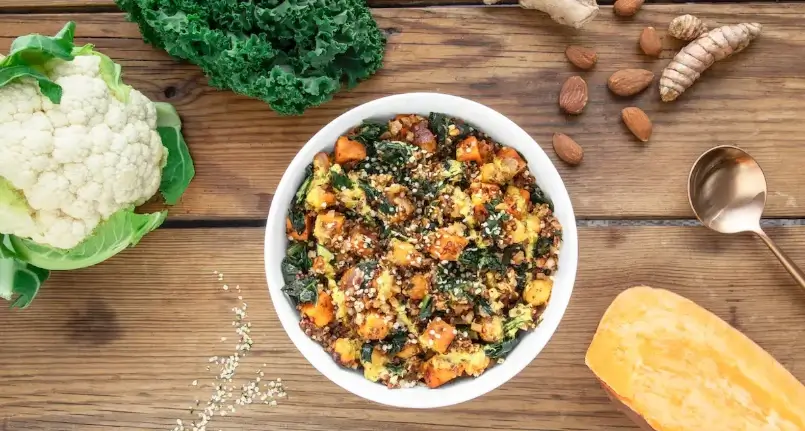Introduction
Proteins are an essential component of a balanced diet. Although they can be obtained from a variety of sources, chicken and turkey are among the most popular high protein foods and are also consumed by athletes or those following a protein-heavy diet.
Proteins in white meat of chicken and turkey
The protein content varies according to the different cuts of meat, in this case chicken or turkey. Breast meat is one of the most popular cuts of poultry, especially among fitness enthusiasts and dieters due to its high protein and low calorie content .
Here is a comparison of the protein content of 100 grams of breast according to some non-European bibliographic sources :
- Chicken breast : 31 g
- Turkey breast : 24 g.
Note : according to the most accredited Italian sources, however, the two values are almost comparable (+/- 0.7 g).
From a nutritional point of view, this difference would therefore be negligible.
Either choice would make a good protein boost for a meal. The white meat of both chicken and turkey wings is nutritionally very similar to breast meat. The protein content, in particular, is nearly the same for both. Likewise, chicken and turkey thigh meat provides a generous amount of high-quality protein. In this case it is the turkey that has the most protein between the two meats.
- Chicken leg: 24 g
- Turkey leg: 30 g.
Why is it called White Meat?
Most of the white meat in chicken and turkey comes from the breasts and wings. The color appears whiter than darker parts of poultry due to a lower content of the protein myoglobin . Myoglobin stores oxygen within the muscle and is responsible for the reddish- brown hue of darker cuts of meat. The term “dark” is used to describe reddish-brown cuts of meat. Cuts have this pigment due to a high concentration of the protein myoglobin which is usually found in the most active muscle groups, such as chicken and turkey thighs and thighs. Not surprisingly, in the wild, the turkey has a much darker meat.
Chicken and Turkey: Calories and Fat Compared
Both chicken and turkey provide high-quality protein and can be a healthy component of a balanced diet . Adding moderate portions of chicken or turkey to your diet can be a healthy way to meet your protein needs. However, protein isn’t the only nutrient that turkey and chicken provide. The total nutritional content, including calories , fat, vitamins and minerals , should be considered along with protein.
Fat is an essential component of a healthy diet , and poultry contains several types of healthy fats. However, fat is a denser source of calories than protein. This means that fatty cuts of meat will have more calories than leaner cuts . Overall, dark meat from both chicken and turkey has more fat than white meat. This tends to be true for other types of poultry as well. Dark meat cuts of chicken have slightly more fat and calories than dark meat cuts of turkey. The same goes for the white meat of these two types of poultry.
IMPORTANT: By consuming the skin , the fat and calorie content of any type of poultry will increase.
| Nutritional values per 100 g of chicken meat | |||
| Calories | 100 kcal | ||
| Protein | 31g brisket
24 g thigh |
||
| TOTAL lipids | 0.8g | ||
| Saturated fatty acids | 0.25 mg | ||
| Monounsaturated fatty acids | 0.19 mg | ||
| Polyunsaturated fatty acids | 0.23 mg | ||
| Cholesterol | 60.0 mg | ||
| Nutritional values per 100g of turkey meat | |||
| Calories | 107 calories | ||
| Protein | 24.0 g brisket
30 g thigh
|
||
| TOTAL lipids | 1.2g | ||
| Saturated fatty acids | 0.38 mg | ||
| Monounsaturated fatty acids | 0.31 mg | ||
| Polyunsaturated fatty acids | 0.34 mg | ||
| Cholesterol | 50.0 mg | ||
Vitamin and mineral content in Chicken and Turkey
While there are no significant differences in vitamin and mineral content between chicken and turkey, there may be some variation in these nutrients between white and dark meat in general.
Turkey breast provides various vitamins : above all niacin ( vitamin PP ), pyridoxine ( vitamin B6 ) and cobalamin (B12); there are also: thiamine ( vitamin B1 ), riboflavin ( vitamin B2 ) and pantothenic acid (B5). Good quantities of the mineral salts characteristic of meat (both white and red) are appreciated, therefore iron (Fe – heme type ), phosphorus (P) and zinc ( Zn ); there are also small doses of selenium (Se). The amino acid called limiting , since it is less present among the essentials, is tryptophan followed by cystine; as regards the others, in descending order, the most concentrated are: glutamic acid , aspartic acid , lysine, leucine and arginine.
Chicken breast also provides a fair amount of vitamins ; among these, niacin ( vitamin PP ), pyridoxine ( vitamin B6 ) and cobalamin (B12) stand out in particular ; there is also thiamine (vit. B1), riboflavin (vit. B2) and pantothenic acid (B5).
Also noteworthy are the quantities of mineral salts typical of meat , therefore iron (Fe – heme type ), phosphorus (P) and zinc ( Zn ); there is no shortage of small doses of selenium (Se). The amino acid called limiting, since it is less present among the essentials, is tryptophan; as for the others, in descending order, the most concentrated are: glutamic acid , aspartic acid , lysine , leucine and arginine




